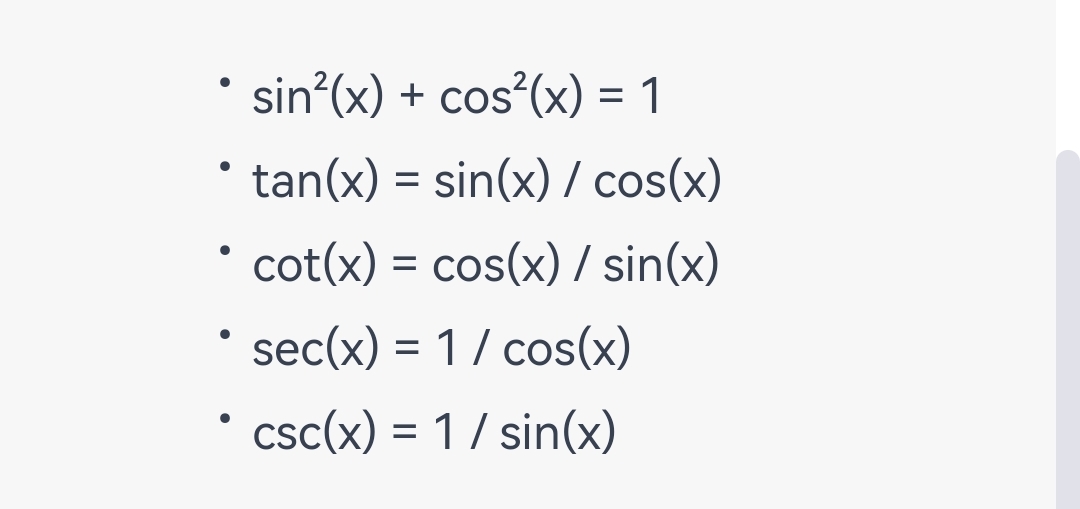A study loan is a financial aid that is given to students to cover the cost of their education. While a study loan can help students achieve their educational goals, there are also financial obligations that come with it. Here are two financial obligations of a study loan:
1. Repayment of the loan: One of the primary financial obligations of a study loan is the repayment of the loan. Depending on the terms of the loan, the student may be required to start repaying the loan immediately after graduation or after a grace period. The repayment amount may include principal, interest, and any fees associated with the loan. Failure to repay the loan on time can result in penalties, additional interest charges, and damage to the borrower's credit score.
2. Interest charges: Another financial obligation of a study loan is the interest charges that accrue on the loan. Depending on the type of loan, the interest rate may be fixed or variable. Interest charges can significantly increase the overall cost of the loan, and it's important for borrowers to understand the interest rate and the total amount of interest that they will be required to pay over the life of the loan. It is also important to note that interest charges may continue to accrue even while the borrower is in school, and that interest may be capitalized, which means that the interest is added to the principal balance of the loan, increasing the amount of debt that must be repaid.















